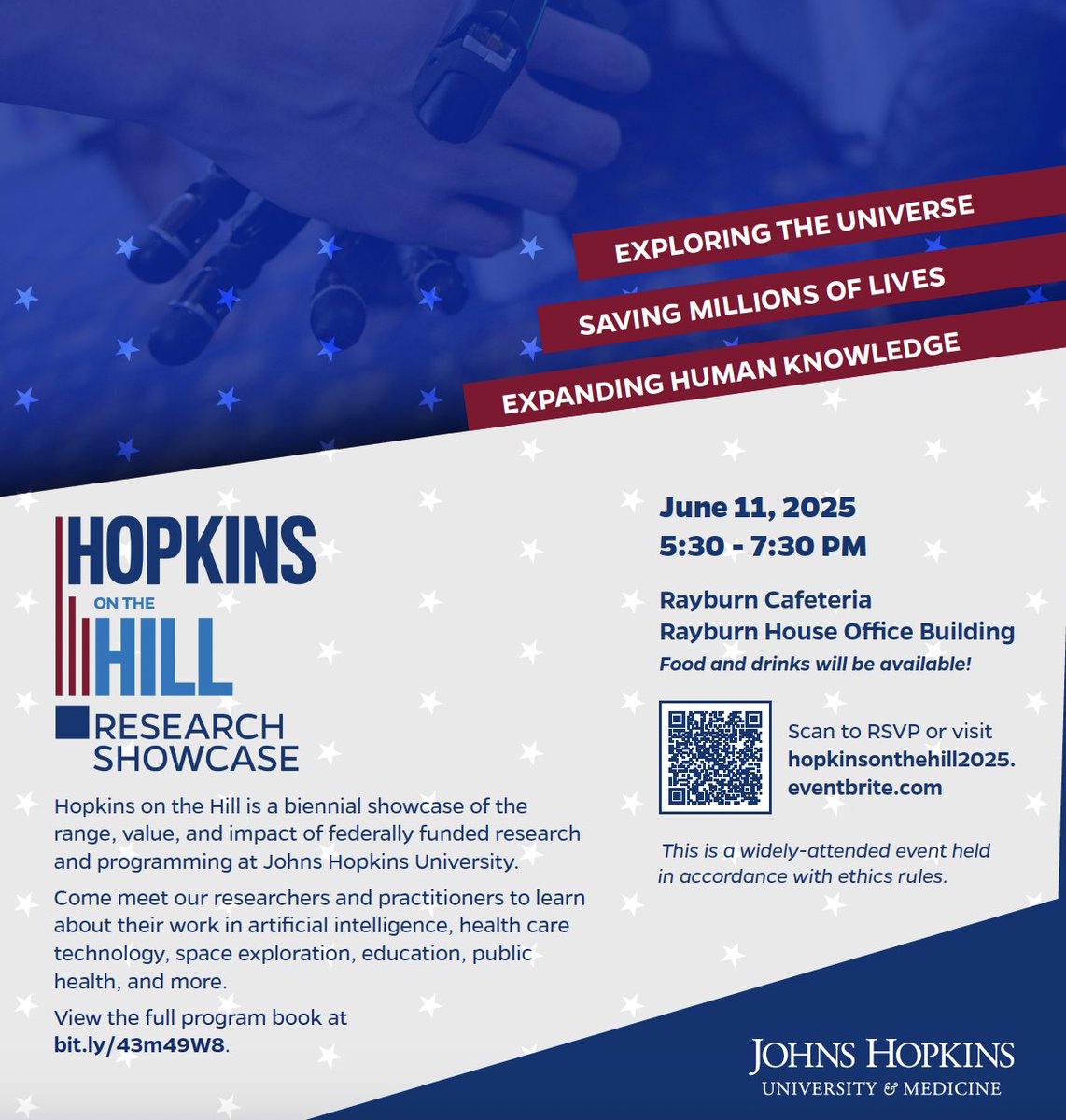
Jude Phillip
@judem_phillip
Assistant Professor @JHUBME @INBT_JHU | Phillip (tiME) lab, Engineer, 🇬🇩
ID: 874589974145925120
https://philliptimelab.wse.jhu.edu 13-06-2017 11:31:13
1,1K Tweet
840 Followers
768 Following



Awesome recognition for a truly amazing person, friend, and mentor! Congrats Jeremy Walston MD The Johns Hopkins Institute for NanoBioTechnology Johns Hopkins Medicine Johns Hopkins University Johns Hopkins Geriatric Medicine & Gerontology

AFAR is pleased to share our Ask the Expert Interview with the 2024 Irving S. Wright Award of Distinction recipient Jeremy Walston MD of Johns Hopkins University. Dr. Walston shares the importance of understanding frailty and resilience in older people here: afar.org/ask-the-expert…


Check out our latest work on fluid viscosity and hMSC fate in Science Advances led by AliceAmitrano and Qinling Y . Many thanks to Konstantopoulos Lab members BHAWANA AGARWAL and Anindya Sen, our collaborators Jude Phillip and Dr. Gu and their mentees. science.org/doi/10.1126/sc…


Wed., March 12 at 3:10 p.m. We are delighted to share that Jeremy Walston MD is the ICFSRcongress #ICFSR25 Lifetime Achievement Award recipient. Congratulations! Read his bio here: profiles.hopkinsmedicine.org/provider/jerem… #FrailtyFigther #Frailty #Aging #OlderAdults





Super proud of Ladaisha and the amazing science she is discovering in the lab. Johns Hopkins BME

With NIH funding, Johns Hopkins BME Prof Sri Sarma and team are developing new tech to pinpoint the exact origin of seizures in the brain—life-changing work for the roughly 21 million epilepsy patients worldwide whose seizures aren’t relieved by medications. engineering.jhu.edu/news/epilepsy-…

##Senescent #Skin cells exist in three distinct subtypes, each with unique shapes and functions, opening the door to therapies that selectively target harmful cells while sparing beneficial ones. @johnshopkins Science Advances doi.org/g9gqpc medicalxpress.com/news/2025-04-z…

A single-cell morphology analysis identified three as bona fide senescence subtypes (C7, C10, and C11), with C10 exhibiting the strongest age dependence within an aging cohort. By Pratik Kamat, Jude Phillip, et al. science.org/doi/10.1126/sc…



Researchers have identified three subtypes of senescent skin cells with distinct shapes, biomarkers, and functions; an advance that could equip scientists with the ability to target/kill the harmful cells while leaving the helpful ones. inbt.jhu.edu/are-zombie-ski… Jude Phillip





